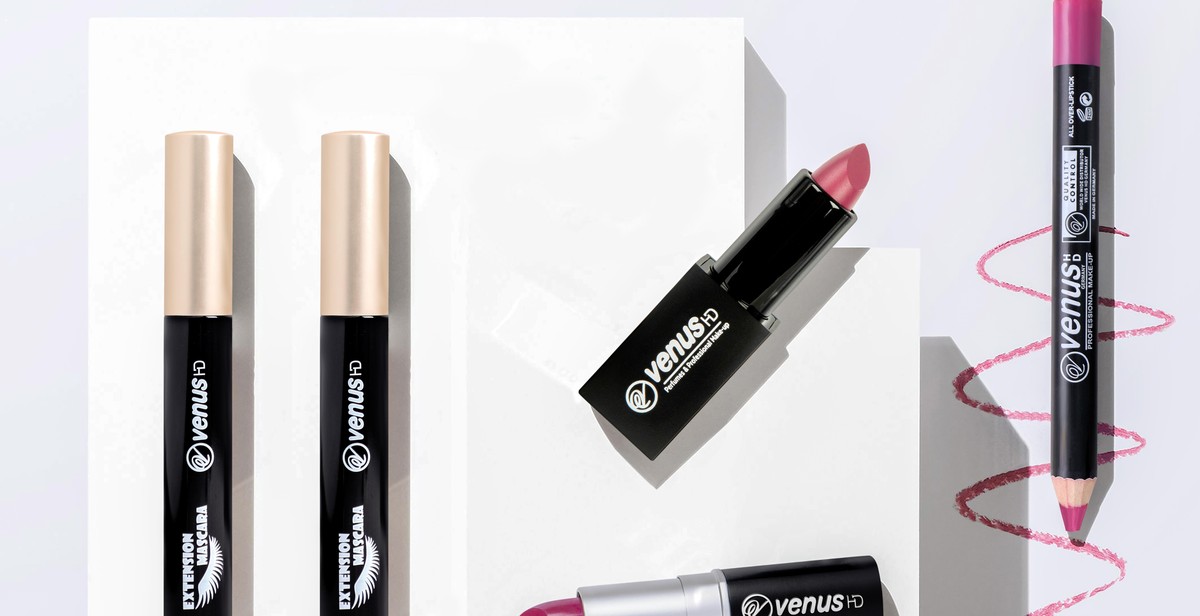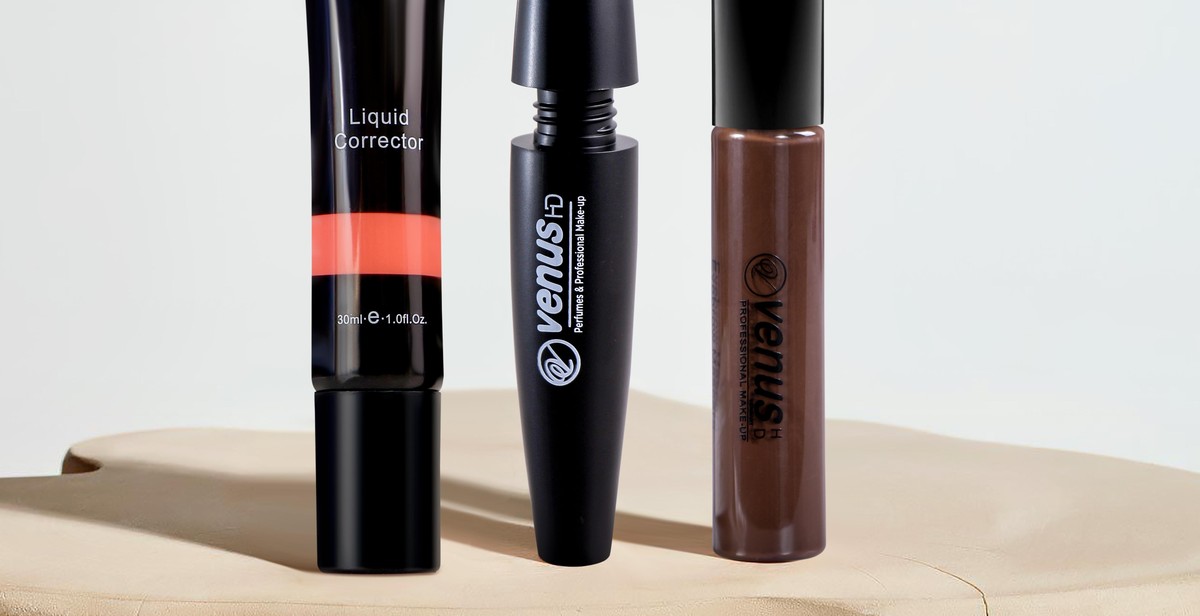How to Choose the Right Colors for Your Brand Logo: Conveying the Right Message
When it comes to building a successful brand, choosing the right colors for your logo is essential. The colors you choose can have a significant impact on how your brand is perceived by your target audience. In fact, studies have shown that color can increase brand recognition by up to 80%.
Why Choosing the Right Colors for Your Brand is Important
Colors have a powerful psychological effect on people, and they can evoke emotions and associations that are deeply ingrained in our subconscious. This is why choosing the right colors for your brand is so important. You want to create a logo that not only looks visually appealing but also conveys the right message to your audience.
For example, if you are a health and wellness brand, you may want to choose colors that are associated with health and vitality, such as green or blue. If you are a luxury brand, you may want to use colors that are associated with sophistication and elegance, such as gold or black.
Ultimately, the colors you choose for your brand will play a significant role in shaping how your audience perceives your brand. By choosing the right colors, you can create a logo that resonates with your audience and helps you stand out in a crowded market.

Understanding Color Psychology
Colors play a significant role in our emotions and behavior. They can evoke different feelings and create certain associations. Therefore, it is essential to understand the psychology of colors when choosing the right colors for your brand logo.
How Colors Affect Our Emotions
Colors can have a direct impact on our emotions and mood. For example:
- Red: It is associated with passion, excitement, and energy. It can also evoke feelings of danger and aggression.
- Blue: It is often associated with calmness, trust, and stability. It can also evoke feelings of sadness or coldness.
- Yellow: It is associated with happiness, optimism, and warmth. It can also evoke feelings of caution or anxiety.
- Green: It is often associated with nature, growth, and harmony. It can also evoke feelings of jealousy or greed.
- Purple: It is associated with luxury, creativity, and mystery. It can also evoke feelings of sadness or frustration.
- Orange: It is associated with enthusiasm, excitement, and warmth. It can also evoke feelings of aggression or over-stimulation.
These are just a few examples of how colors can affect our emotions. By understanding the emotional impact of different colors, you can choose the right colors for your brand logo to convey the right message to your target audience.
Color Associations and Meanings
Colors can also have different meanings and associations depending on the culture, industry, or context. For example:
- Black: It is often associated with sophistication, elegance, and power. In some cultures, it is also associated with mourning or death.
- White: It is often associated with purity, simplicity, and cleanliness. In some cultures, it is also associated with mourning or funerals.
- Gold: It is associated with luxury, wealth, and success. It can also evoke feelings of extravagance or greed.
- Silver: It is associated with modernity, sophistication, and technology. It can also evoke feelings of coldness or detachment.
By understanding the cultural and contextual associations of different colors, you can choose the right colors for your brand logo that resonate with your target audience and industry.
Choosing Colors Based on Your Target Audience
Finally, it is essential to choose the right colors for your brand logo based on your target audience. Different age groups, genders, and cultures may have different color preferences and associations. For example:
| Target Audience | Color Preferences and Associations |
|---|---|
| Children | Bright and playful colors like red, yellow, and blue |
| Women | Soft and feminine colors like pink, purple, and pastels |
| Men | Bold and strong colors like black, navy, and dark green |
| International Audience | Colors that are culturally appropriate and have positive associations in different countries |
By understanding the color preferences and associations of your target audience, you can choose the right colors for your brand logo that resonate with them and convey the right message.

Considerations when Choosing Brand Colors
Choosing the right colors for your brand logo is a critical decision that can impact the success of your business. Here are some key considerations to keep in mind:
Brand Values and Personality
Your brand values and personality should be reflected in the colors you choose. Think about what your brand stands for and what emotions you want to evoke in your audience. For example, if your brand is all about innovation and cutting-edge technology, you may want to choose colors that are bold and futuristic. On the other hand, if your brand is focused on sustainability and the environment, you may want to choose colors that are earthy and natural.
Competitor Analysis
It’s important to consider the colors your competitors are using and how you can differentiate yourself. You don’t want to choose colors that are too similar to your competitors’ colors, as this can lead to confusion and make it difficult for your brand to stand out. Look for gaps in the market and consider how you can use color to fill those gaps.
Color Theory and Combinations
Color theory can help you understand the emotions and reactions that different colors can evoke. For example, blue is often associated with trust and reliability, while red is associated with energy and passion. It’s also important to consider color combinations, as certain colors can complement each other or clash. Use a color wheel to help you choose colors that work well together.
| Color | Emotions/Evocations |
|---|---|
| Red | Energy, passion, danger |
| Orange | Creativity, friendliness, enthusiasm |
| Yellow | Happiness, optimism, caution |
| Green | Growth, health, nature |
| Blue | Trust, reliability, calmness |
| Purple | Royalty, luxury, creativity |
| Black | Sophistication, power, mystery |
| White | Purity, cleanliness, simplicity |
- Use color theory to choose colors that align with your brand values and personality
- Consider color combinations and how they can complement or clash with each other
- Look at your competitors’ colors and find ways to differentiate yourself
By keeping these considerations in mind, you can choose colors that effectively communicate your brand message and help your business stand out in a crowded market.

Testing and Finalizing Your Brand Colors
Now that you have created a mood board and gathered feedback from your target audience, it’s time to make adjustments and finalize your brand colors. This process involves testing different color combinations and fine-tuning your choices until you have a set of colors that accurately represent your brand and resonate with your target audience.
Testing Different Color Combinations
Start by testing different color combinations that you have identified from your mood board. This can be done by creating mockups of your logo and applying different color schemes to see how they look in different contexts. You can also use online tools like Adobe Color to experiment with different color combinations.
When testing different color combinations, consider the following factors:
- Does the color scheme convey the right message about your brand?
- Does it resonate with your target audience?
- Is it visually appealing?
- Does it stand out from your competitors?
Use the feedback you received from your target audience to guide your decisions when testing different color combinations. Keep in mind that color perception can vary depending on cultural and personal preferences, so it’s important to consider a diverse range of perspectives.
Making Adjustments
Based on your testing, you may need to make adjustments to your color choices. This could involve tweaking the hue, saturation, or brightness of a color, or trying out different shades altogether.
When making adjustments, consider the following:
- Does the color scheme still convey the right message about your brand?
- Does it still resonate with your target audience?
- Is it visually appealing?
- Does it still stand out from your competitors?
Finalizing Your Brand Colors
Once you have tested different color combinations and made adjustments, it’s time to finalize your brand colors. This involves choosing a primary color and one or two accent colors that will be used consistently across all of your branding materials.
When finalizing your brand colors, consider the following:
- Does the color scheme accurately represent your brand?
- Does it resonate with your target audience?
- Is it visually appealing?
- Does it stand out from your competitors?
Remember that your brand colors will play a critical role in shaping how your target audience perceives your brand. Take the time to test different color combinations and make adjustments until you have a set of colors that accurately represent your brand and resonate with your target audience.

Conclusion
In conclusion, choosing the right colors for your brand logo is crucial in conveying the right message to your target audience. It is important to consider the psychology of colors and the emotions they evoke when making your selection.
Remember Your Brand’s Personality
It is also important to keep in mind your brand’s personality and values when choosing colors. Your brand’s colors should align with your brand’s overall message and image.
Consistency is Key
Consistency is key when it comes to branding, and this includes the colors you use. Make sure to use your brand’s colors consistently across all platforms and marketing materials.
Get Feedback
It is always a good idea to get feedback from your target audience on your brand logo and colors. This can help you ensure that you are effectively communicating your brand’s message and values.
Final Thoughts
Choosing the right colors for your brand logo may seem like a daunting task, but by considering the psychology of colors, your brand’s personality and values, consistency, and feedback from your target audience, you can effectively convey the right message to your audience. Remember, your brand’s logo and colors are often the first impression your audience has of your brand, so make it count.
